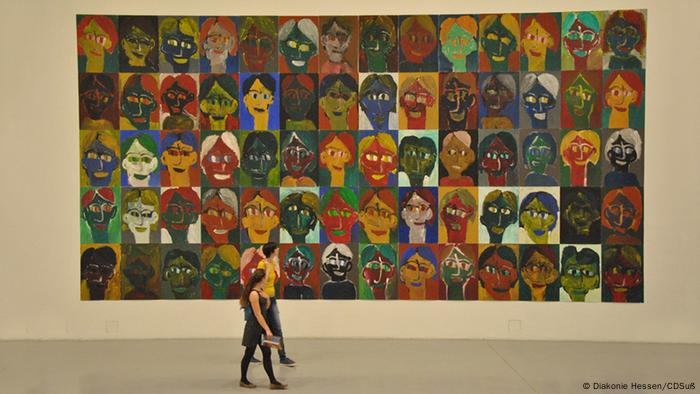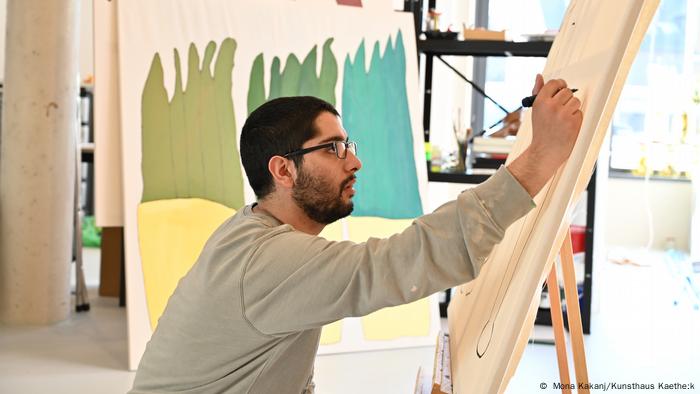Morgan Phillips, Politics Reporter For Dailymail.Com -
Republicans are launching a bill that would prompt schools to incorporate the 'failed' history of communism into their curriculum.
The 'Crucial Communism Teaching Act,' which has 60 House co-sponsors, comes after Republicans hit out against critical race theory in schools and teachings such as the 1619 Project.
'The only equality communism offers is being equally poor equally hungry equally oppressed and equally exiled. The truth is communism is a cancer,' Rep. Maria Salazar, R-Fla., said at a press conference announcing the bill.
Salazar, whose parents were Cuban exiles, claimed that one-third of Gen Z has a favorable view of communism, and over 40% of millennials 'say they don't know much about Marxism.'
'American students should learn about the Soviet gulags ... where Stalin purposely starved 3.5M Ukrainians,' Rep. Dan Crenshaw, R-Texas, said at the press conference.

© Provided by Daily Mail(

© Provided by Daily Mail(
'They should learn about Mao's great leap forward in cultural revolution that killed 10s of millions of Chinese. They should learn about modern day slavery happening right now with Uighur Muslims.'
'From the Marxist-infused radicalism of the '60s to the critical race theory trends of today, I don't think the Soviets could have imagined a better ally than the Democrat socialists of America today, some of which currently serve in our Congress,' the Texas Republican continued.
The bill is meant to 'ensure communism remains in the trash heap of history where it belongs,' he added.
'Students should know their classmate wearing a cool Che Guevara t-shirt is not being chic,' Crenshaw said.
The federal government's authority over public education has always been limited, as most is left up to states and localities. The federal government provides only 7% of the money spent on public education.
And under the Every Student Succeeds Act, which replaced No Child Left Behind during President Obama's tenure, the federal government is banned from telling schools what to teach.
But, the legislation simply builds a curriculum and provides materials through the Victims of Communism Memorial Foundation for states and local educators to use.
 |
| ORIGINAL ANTI COMMUNISTS |
The legislation is modeled after a Florida bill signed by Gov. Ron DeSantis that directs the state Department of Education to develop a curriculum to educate students on the evils of communism and totalitarian regimes.
The bills comes as Republicans have embarked on a fight against teaching critical race theory, or the idea that racism is embedded in our society and upheld by institutions.
Eleven states have enacted bills banning the teaching, or the use of the 1619 Project in curriculum. The 1619 project is a New York Times Magazine series that argues the founding of America should be marked when the first slaves arrived here, in 1619. It puts slavery and racism at the center of American history.
Earlier this year Sen. Tom Cotton, R-Mo., and Rep. Dan Bishop, R-N.C., introduced companion bills that would have banned teaching critical race theory in schools. That legislation got 51 co-sponsors in the House.









 Greenpeace activists projected a slogan onto a cooling tower at the Neurath power plant in Germany in 2017.
Greenpeace activists projected a slogan onto a cooling tower at the Neurath power plant in Germany in 2017.



